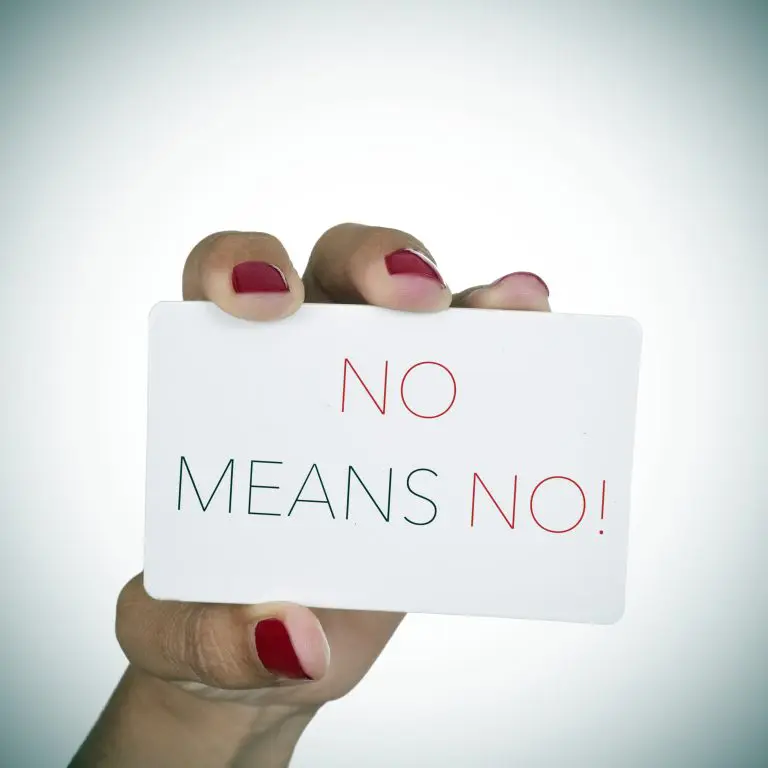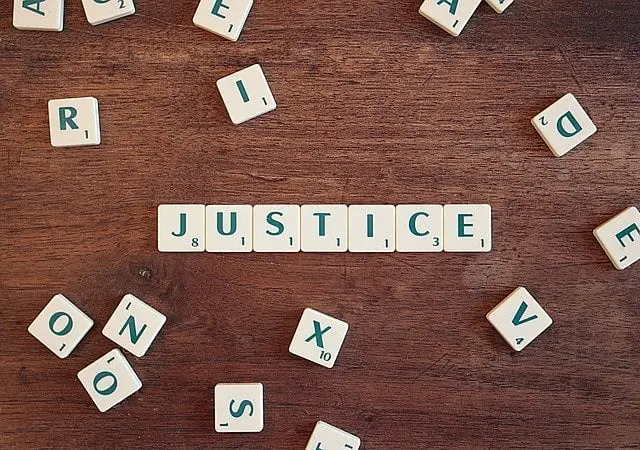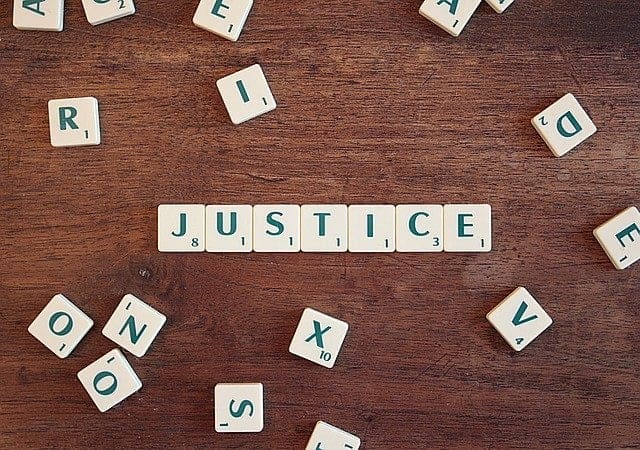In the intricate world of legal procedures, backing sheets play an essential, though often understated, role. These sheets, typically found at the end of legal documents, are more than just simple pieces of paper. They serve as the backbone for maintaining the integrity and structure of legal documentation, a cornerstone in the realms of civil law and criminal law.
Backing sheets, which are sometimes made of thicker, colored paper, are not merely aesthetic enhancements. They provide crucial information about the legal document to which they are attached. This information includes the nature of the document, the parties involved, case numbers, and the court to which the document is submitted. In an industry where details are paramount, the legal backing sheet ensures that each document is easily identifiable and properly categorized.
In jurisdictions like the Supreme Court of British Columbia, the use of backing sheets is particularly notable. They are mandatory for documents such as draft court orders. This requirement stems from the need to uphold the document’s anonymity regarding its drafter, as court orders are perceived as neutral, coming directly from the court itself. The backing sheet in these cases provides the necessary information to the court registry about the party who filed the document, without compromising the document’s neutrality.
The shift in some jurisdictions towards embedding this information directly on legal documents, particularly under the lawyer’s signature block, reflects evolving practices. However, the traditional backing sheet still finds its place in safeguarding the contents of sensitive documents like wills and powers of attorney.
Notably, the design of a legal backing sheet is not arbitrary. Its layout, often with information printed sideways, is deliberate. This orientation facilitates easy identification and sorting when documents are filed or stored, especially in court registries where volumes of documents are managed daily. The backing sheet thus becomes an integral part of legal document management, streamlining processes and enhancing efficiency.
The historical roots of the backing sheet trace back to the early days of legal documentation, when maintaining the order and authenticity of documents was a laborious process. In times when legal records were kept in vast physical archives, the backing sheet served as a crucial navigational tool. Its unique design, often in a standout color like blue or pink, enabled quick visual sorting and identification, a practice that echoes into modern times.
The evolution of backing sheets reflects broader changes in legal practices. With the advent of digital documentation and electronic filing systems, the role of the backing sheet has been questioned. However, many legal professionals affirm its continued relevance. The tactile nature of a physical document with a backing sheet adds a level of solemnity and formality to legal proceedings, often desired in settings such as courtrooms or official signings.
In certain legal traditions, the backing sheet is more than just a practical tool; it’s a symbol of the legal profession’s commitment to detail and accuracy. Law firms and courts often customize their backing sheets, incorporating logos, firm names, and contact information, thus serving a dual purpose of identification and branding.
The legal backing sheet also plays a vital role in legal education. Law students are often taught the importance of proper document preparation, with the backing sheet being a key component. This training underscores the significance of attention to detail – a hallmark of legal professionalism.
In the context of civil law, backing sheets are particularly important in cases involving multiple parties and extensive documentation, such as class action lawsuits or complex commercial litigation. Here, the backing sheet aids in keeping voluminous records organized and accessible. Similarly, in criminal law, the backing sheet ensures clarity and order in the often-rapid turnover of documents, from arrest warrants to trial briefs.
As legal practices continue to evolve with technological advancements, the future of the backing sheet may see further changes. Some speculate the emergence of digital equivalents – electronic tags or identifiers embedded in digital documents that serve the same purpose as traditional backing sheets. These developments, however, will always be guided by the legal industry’s unwavering commitment to precision and reliability in documentation.
In conclusion, the backing sheet in legal documentation, though a seemingly small aspect of the legal process, is a testament to the profession’s dedication to order, clarity, and tradition. Its continued use, whether in physical or digital form, symbolizes the legal industry’s balance between maintaining time-honored practices and embracing modern innovations.
















